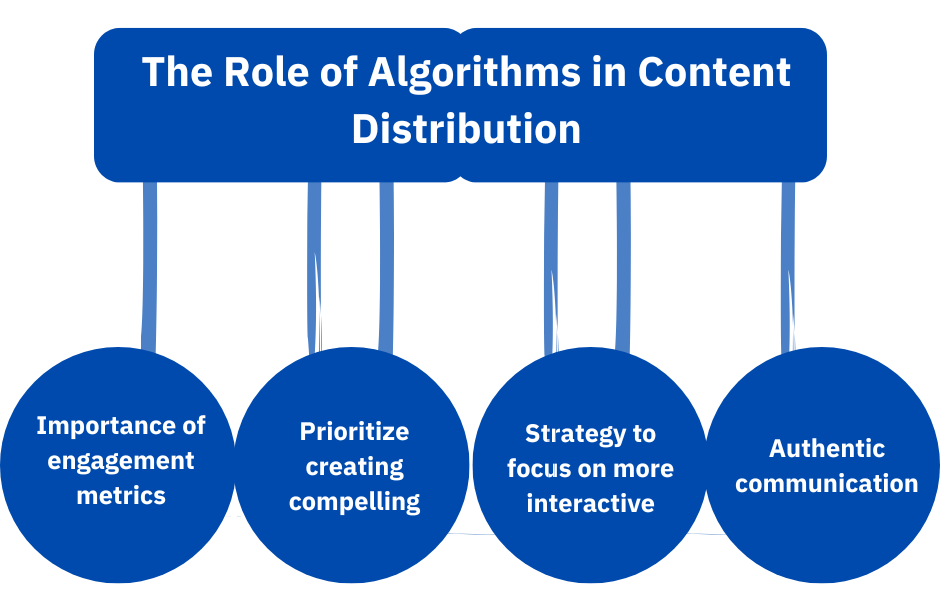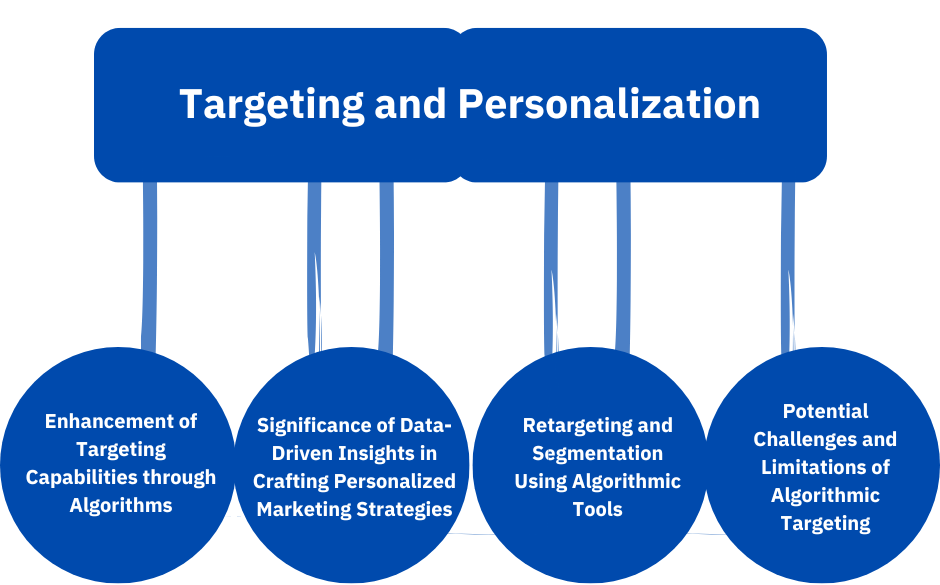At the heart of this interaction lies the complex world of algorithms, which dictate how content is shared and displayed across platforms.
Understanding social media algorithms is essential for businesses thriving in the competitive online marketplace. In this article, we will discuss the impact of Social Media Algorithms on Marketing.
Page Contents:
The Social Media Algorithms
The most important part of marketing in today’s generation is Social Media algorithms. Their primary purpose is to enhance user experience by prioritising posts that are likely to engage individuals, thereby increasing time spent on the platform.
These algorithms operate through sophisticated data analysis processes, examining various user engagement metrics such as likes, shares, comments, and viewing duration.
They assess a user’s past behaviour, including the type of content interacted with, to tailor the feed in a way that aligns with individual preferences. This means that every user’s experience is uniquely curated, influenced by their interactions over time.
Different social media platforms have developed their unique algorithms to shape user experience. For instance, Facebook’s algorithm prioritizes content from friends and family while also considering posts with higher engagement, often emphasizing “meaningful interactions.”
Instagram, on the other hand, focuses on the timeliness of posts and the likelihood of users engaging with certain types of content based on their previous behaviour.
TikTok employs a recommendation system that relies heavily on user interactions and trending content, pushing videos that align with individual user interests to the forefront.
Each platform’s algorithm shapes the way content is discovered and consumed, reflecting the diverse nature of social media interactions.
The Role of Algorithms in Content Distribution
Algorithms play a pivotal role in shaping the digital landscape by determining which content is presented to users across various platforms.
These algorithms analyze a myriad of factors, including user behaviour, preferences, and historical engagement patterns, to curate a personalized feed.
The importance of engagement metrics cannot be overstated in this context. Metrics such as likes, shares, comments, and click-through rates serve as indicators of content performance.

High engagement not only enhances the likelihood of content being favoured by the algorithm but also boosts its organic reach.
Brands that prioritize creating compelling, engaging content often see a marked improvement in their visibility, fostering a loyal audience. Initially enjoying high engagement levels, the brand found that its content was reaching fewer users.
By analyzing engagement metrics and adapting its strategy to focus on more interactive and authentic communication, the brand successfully navigated these changes, ultimately regaining its footing and expanding its reach.
Targeting and Personalization
Targeting and personalized marketing are the key to social media. The following are the ways and methods for targeting and personalization:
Enhancement of Targeting Capabilities through Algorithms
Algorithms play a crucial role in refining how marketers target their audience. By analyzing vast amounts of data, algorithms can identify patterns and behaviours that reveal consumer interests and preferences.
For instance, machine learning algorithms can predict which products a customer is likely to purchase based on their past behaviour, enabling more precise targeting.
Significance of Data-Driven Insights in Crafting Personalized Marketing Strategies
Data-driven insights are essential for developing personalized marketing strategies that resonate with individual consumers.
Marketers leverage customer data from various sources — such as web analytics, social media interactions, and purchase history — to understand their audience’s needs better.

Retargeting and Segmentation Using Algorithmic Tools
Retargeting is a powerful technique made possible by algorithmic tools that help marketers reconnect with users who have previously interacted with their brand.
By utilizing cookies and tracking pixels, marketers can serve ads to these users across various platforms, reminding them of products they viewed or left in their shopping carts.
Additionally, algorithms facilitate advanced segmentation, allowing marketers to divide their audience into sub-groups based on specific criteria, making it easier to tailor marketing efforts that speak directly to each segment’s unique needs and interests.
Potential Challenges and Limitations of Algorithmic Targeting
Despite the advantages, algorithmic targeting is not without its challenges. One major concern is data privacy; consumers are increasingly wary of how their data is collected and used. Marketers must navigate regulations such as GDPR and ensure transparency to maintain consumer trust.
Another limitation is the potential for algorithmic bias, where algorithms may inadvertently favor certain groups over others, leading to ineffective or unfair targeting.
Furthermore, reliance on algorithms can lead to a narrow focus, potentially overlooking broader market trends or innovative marketing approaches.
Addressing these challenges is crucial for marketers to maximize the benefits of algorithmic targeting while minimizing risks and ethical concerns.